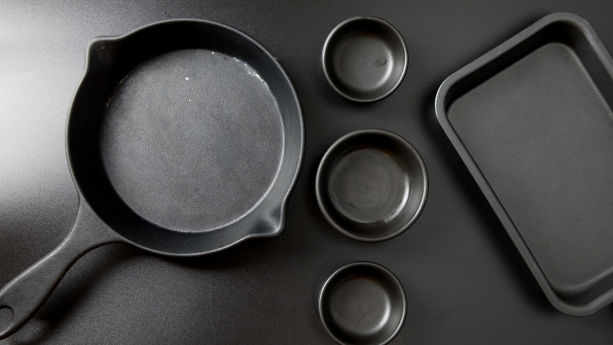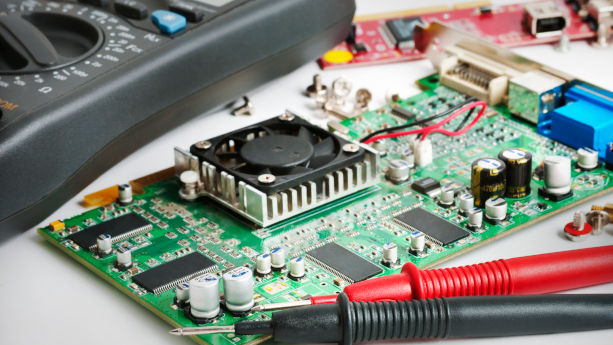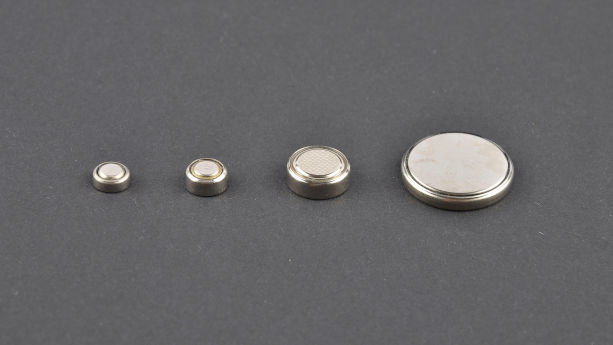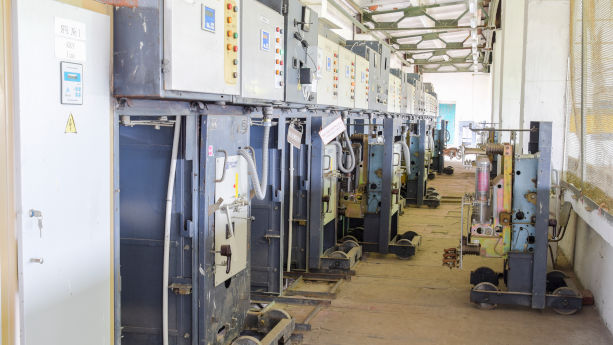Pet toys and accessories imported and manufactured in the United States are subject to various consumer product regulations and standards. In this guide, we cover chemicals and heavy metals restrictions, flammability requirements, and labeling requirements for pet products in general.
Here are some examples of pet products to which this guide is relevant:
- Pet toys
- Pet accessories
- Pet clothing
- Dog beds
- Cat scratching trees
- Pet food
Continue reading Pet Product Regulations in the US: A Practical Guide

























